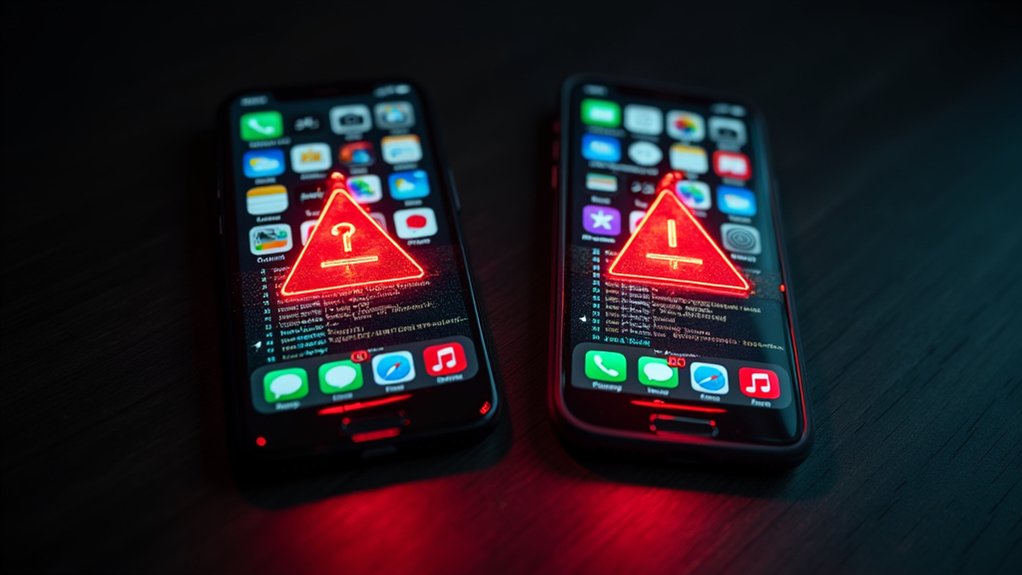As cyber threats continue to escalate across the Indo-Pacific region, Japan and the United States have intensified their bilateral defense cooperation, with both nations’ defense chiefs agreeing to strengthen cyber collaboration under the framework of the upcoming 2025 U.S. National Defense Strategy. The ministers reaffirmed their commitment to working together to deter and respond to cyberattacks, establishing coordination mechanisms to align strategic cyber priorities between the two allied nations.
Japan has taken decisive legislative action to transform its cyber defense posture, passing the Active Cyber Defense Bill in February 2025, which advances the legal framework for preemptive cyber operations. The Japanese parliament furthermore enacted the Cyber Response Capability Strengthening Act to bolster national cyber response capabilities, marking a significant policy shift from reactive cybersecurity to proactive and active defense measures.
This new legislation particularly aims to prevent serious cyberattacks before they occur, representing a fundamental change in Japan’s approach to cyber threats. Japan’s law now allows governmental monitoring of online communications to address rising cyber threats.
Both nations are implementing broad military cyber capability improvements, with Japan strengthening cyber security capabilities within its Self-Defense Forces while establishing joint force headquarters for improved cyber command and control. The bilateral focus underscores building alliance capabilities for cyber deterrence and rapid response through joint exercises and coordinated planning intended to close operational gaps.
Both nations are strengthening military cyber capabilities through joint headquarters, coordinated exercises, and rapid response planning to enhance alliance deterrence.
Plans have been established for detailed coordination to improve joint command and control between U.S. Forces Japan and Japan Self-Defense Forces.
The intensified cooperation stems from rising state-sponsored cyberattack threats in the Indo-Pacific region, with shared concerns over increased cyber activities from regional adversaries. Critical infrastructure, defense systems, and government networks are cited as primary targets, making cybersecurity central to broader regional security and strategic stability. Defense Secretary Pete Hegseth has ordered a new strategy with an August deadline for submission, marking the first comprehensive update since 2022.
Intelligence sharing and situational awareness have become essential components of the improved partnership, with expanded frameworks for sharing cyber threat intelligence between Japanese and U.S. agencies. Information exchange protocols include real-time notification procedures for significant threat indicators, while secure communication channels for sensitive cyber data continue development.
Joint cyber defense training and simulation exercises are scheduled to improve readiness through personnel exchanges and cross-training initiatives.









